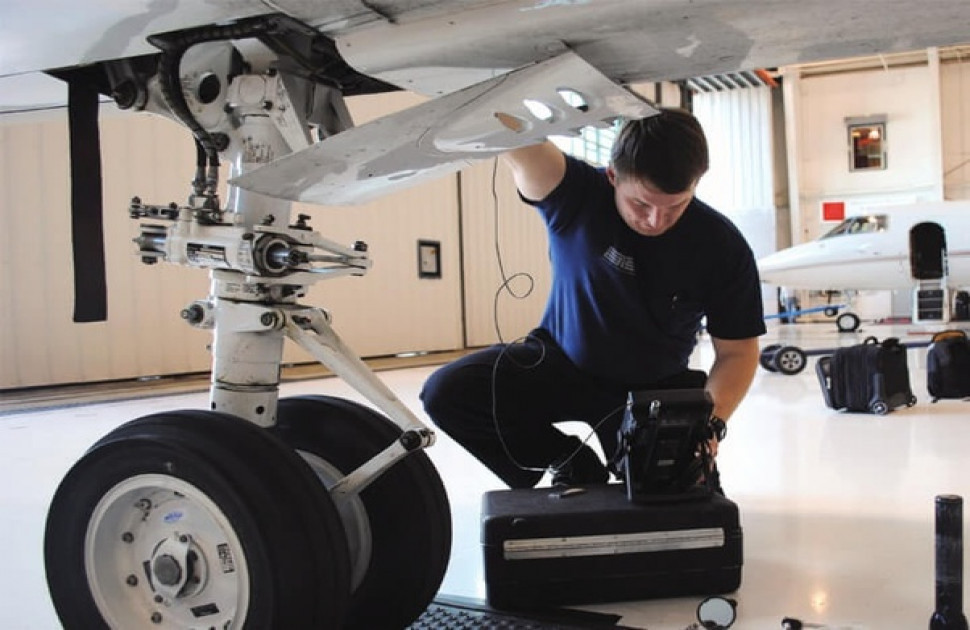The field of synchronization in semiconductor inspections is rapidly evolving, providing new insights and efficiencies for quality assurance professionals. As technology advances, ensuring that semiconductor components meet stringent quality standards becomes increasingly vital. The process of synchronization plays a crucial role in achieving these standards, enabling accurate and reliable inspections. In this article, we will explore the significance of synchronization and how it impacts the semiconductor industry.
Understanding Synchronization in Semiconductor Inspections
Synchronization is the process of coordinating different elements or systems to work together seamlessly. In the context of semiconductor inspections, it involves aligning various inspection tools and techniques to ensure comprehensive analysis. This process is essential to identify defects and ensure that the semiconductor components function as intended.
The Importance of Precision
Precision is paramount in semiconductor inspections. Even the smallest defect can lead to significant issues in the final product. Synchronization helps achieve precision by ensuring that all inspection processes are harmonized, reducing the likelihood of errors and omissions.
Advancements in Synchronization Technologies
Recent advancements have paved the way for more sophisticated synchronization techniques. Technologies like AI and machine learning are being integrated into inspection processes, enabling more accurate and efficient synchronization. These technologies help in analyzing complex data sets and identifying patterns that human inspectors might miss.
Role of AI and Machine Learning
AI and machine learning play a crucial role in enhancing synchronization. They allow for real-time data analysis and decision-making, improving the overall efficiency of inspections. By leveraging these technologies, companies can achieve higher accuracy and reduce the time required for inspections.
Challenges in Synchronization
While synchronization offers numerous benefits, it also presents certain challenges. Integrating different systems and technologies can be complex and requires careful planning and execution. Additionally, maintaining synchronization across all processes is an ongoing task that requires constant monitoring and adjustments.
Overcoming Integration Issues
One of the primary challenges in synchronization is integrating diverse systems. This requires a comprehensive understanding of the systems involved and effective communication between different teams. Implementing a centralized platform can help streamline this process and ensure seamless integration.
Impact on Quality Assurance
The impact of synchronization on quality assurance is profound. By ensuring that all inspection processes are aligned, companies can achieve higher quality standards and reduce the risk of defects in the final product. This leads to increased customer satisfaction and a competitive edge in the market.
Enhancing Product Reliability
Synchronization enhances product reliability by ensuring that all components meet the required specifications. This reduces the likelihood of failures and extends the lifespan of the products. As a result, companies can build a reputation for delivering high-quality products.
Future of Synchronization in Semiconductor Inspections
The future of synchronization in semiconductor inspections looks promising. As technology continues to advance, new synchronization techniques will emerge, offering even greater efficiencies and accuracies. Companies that embrace these advancements will be well-positioned to thrive in the competitive semiconductor industry.
Emerging Trends
Emerging trends in synchronization include the use of quantum computing and advanced data analytics. These technologies have the potential to revolutionize synchronization processes, offering unprecedented levels of accuracy and speed.
Conclusion
In conclusion, synchronization in semiconductor inspections is a critical component of quality assurance. By aligning inspection processes, companies can achieve higher precision, enhance product reliability, and gain a competitive advantage. As technologies continue to evolve, embracing advanced synchronization techniques will be essential for companies looking to stay ahead in the semiconductor industry.
FAQs
What is the role of synchronization in semiconductor inspections?
Synchronization ensures that all inspection processes are aligned, leading to higher precision and reliability in semiconductor components.
How do AI and machine learning enhance synchronization?
AI and machine learning enable real-time data analysis and decision-making, improving the efficiency and accuracy of synchronization processes.
What are the challenges in achieving synchronization?
Challenges include integrating diverse systems and maintaining synchronization across all processes, which require careful planning and execution.
This article contains affiliate links. We may earn a commission at no extra cost to you.
